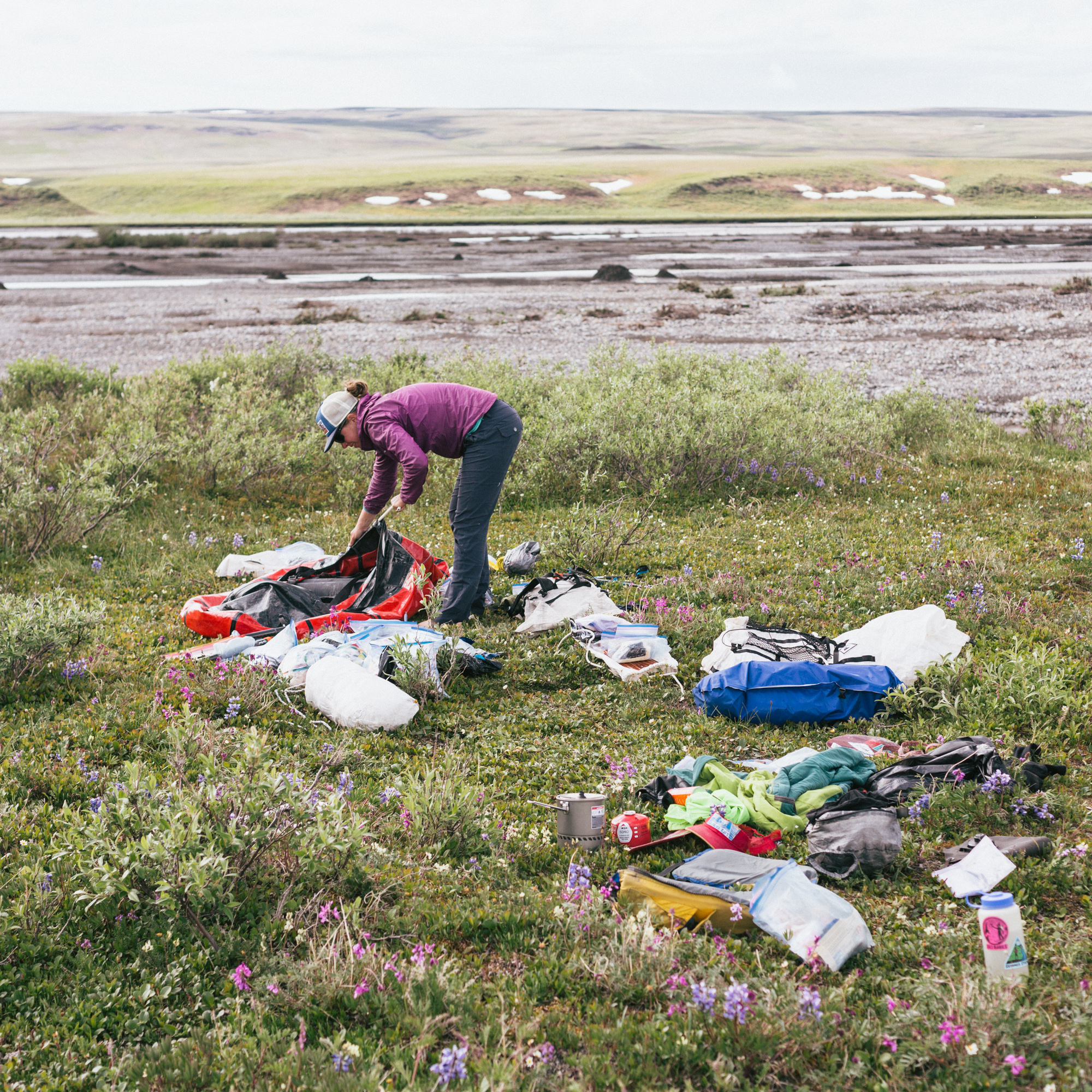How to Choose a Route for Your First Backpacking Trip

Let's find you the best route for your first backpacking trip
Whether you’re dreaming of days in the mountains, along coastlines, or through the desert, planning your first backpacking trip is an exciting process. Congratulations on making moves toward this rewarding new hobby! To make your experience as positive and fun as possible, it’s important to find a beginner-friendly backpacking route that suits your experience level.
Here are some tips for finding the best route for your first backpacking trip.
Where to Find Ideas for Beginner-Friendly Backpacking Routes
When looking for ideas for your first backpacking trip, where should you start? Good news: there are lots of great resources to identify beginner-friendly routes. As you’re researching, try to find information about the same route from multiple sources. If you find broad agreement across several sources about a route, you can feel more confident in that information.
Outdoor stores
Pop into a local gear shop and ask an associate if someone can share advice on local backpacking routes. While it may feel a little awkward at first, these folks are often excited for the chance to share their knowledge. Let them know that you’re a beginner and mention what kind of route you’re looking for. Don’t be afraid to ask follow-up questions! Going during a quieter time when the store is less busy can help the conversation feel less rushed.
If you’re in Anchorage check out The Hoarding Marmot or The ‘Marm, Alaska's technical outdoor consignment shop. [Image from alaska.org]

Local Facebook groups
Search for your city or state, plus words like “hiking”, “hikers”, “backpacking”, etc. In some areas, you may be able to find groups focused on specific populations, like Black or LGBTQ+ hikers. These groups can be a treasure trove of information on local routes, including recent reports on conditions, as well as an opportunity to connect with more experienced folks and potential hiking buddies. Read and search past posts, or create your own post asking for tips. Note - not all Facebook groups are welcoming to beginners, so you may want to read the comments of past posts to get a feel for the culture of each group.
Google and Pinterest
Search for things like “easy backpacking route [your area]” or “beginner-friendly backpacking [your area]” and see what you find. While Google is a fairly obvious solution, Pinterest can also help you identify a wealth of information on blogs that may not pop up on traditional search engines.
Hiking websites/apps like AllTrails, Hiking Project, Gaia GPS
These sites have loads of route information spanning a huge range of distances and ability levels. While it may feel like information overload at first, use filters to sort by factors like distance and difficulty. These sites will have detailed information like maps and elevation profiles, plus short reviews from other hikers. [Image from gaiagps.com]

How Long Should Your First Backpacking Trip Be?
Like so many things in outdoor recreation: it depends!
In terms of duration, a good starting point is 1 or 2 nights. Mileage is a bit tougher to nail down, since all miles are not created equal. Depending on the elevation change, the altitude above sea level, difficulty of terrain, and weather conditions, the same mileage can vary widely in difficulty. As you’re researching routes, pay close attention to these factors.
In general, 3-9 miles per day is often a good starting point. For beginner backpackers, keeping the elevation gain under 1,000 feet per day is a good goal. For days with a lot of elevation gain or other challenging conditions, shoot for shorter mileage. Keep in mind that while going downhill may be faster, it can be extremely taxing on joints and muscles, especially with a fully loaded pack. If your trip is multiple nights, be mindful not to stack too many challenging days back-to-back.
If you have a lot of experience doing difficult day hikes and/or you will be with other experienced backpackers on your trip, you might consider slightly longer routes. If the opposite is true, aim for the shorter end of these ranges.

When planning your trip, remember that you don’t need to hike to a new destination every day. A fun option to get more time in nature without overexerting yourself is to hike to camp, then spend two nights in the same place enjoying the scenery. That way, you have a day to recover while still enjoying the experience of being out in the wild. As an added bonus, if something goes wrong or if you’re not having fun, you can easily hike out early.
Overall, it’s far better to finish your trip feeling like it was too easy than to shoot too high and get in over your head. Set yourself up for success! This approach to outdoor recreation skill-building is called Titration and is something we explore in further depth in the Summer Strong & Ski Babes mindset modules. When in doubt, easier and shorter is better!
Planning the Rest of Your First Backpacking Trip
Once you’ve chosen your route, be sure to do your homework about other elements of trip planning, like your gear list and permits for the area (if needed). Alongside the logistics, it’s important to train appropriately - mentally and physically - leading up to your trip.
As a starting point, check out our post on tips for building fitness for your first backpacking trip. For those of you who are ready for a training program that supports your backpacking adventures, check out our Summer Strong online training specifically created for outdoor adventurers.
Happy backpacking and have fun out there!

